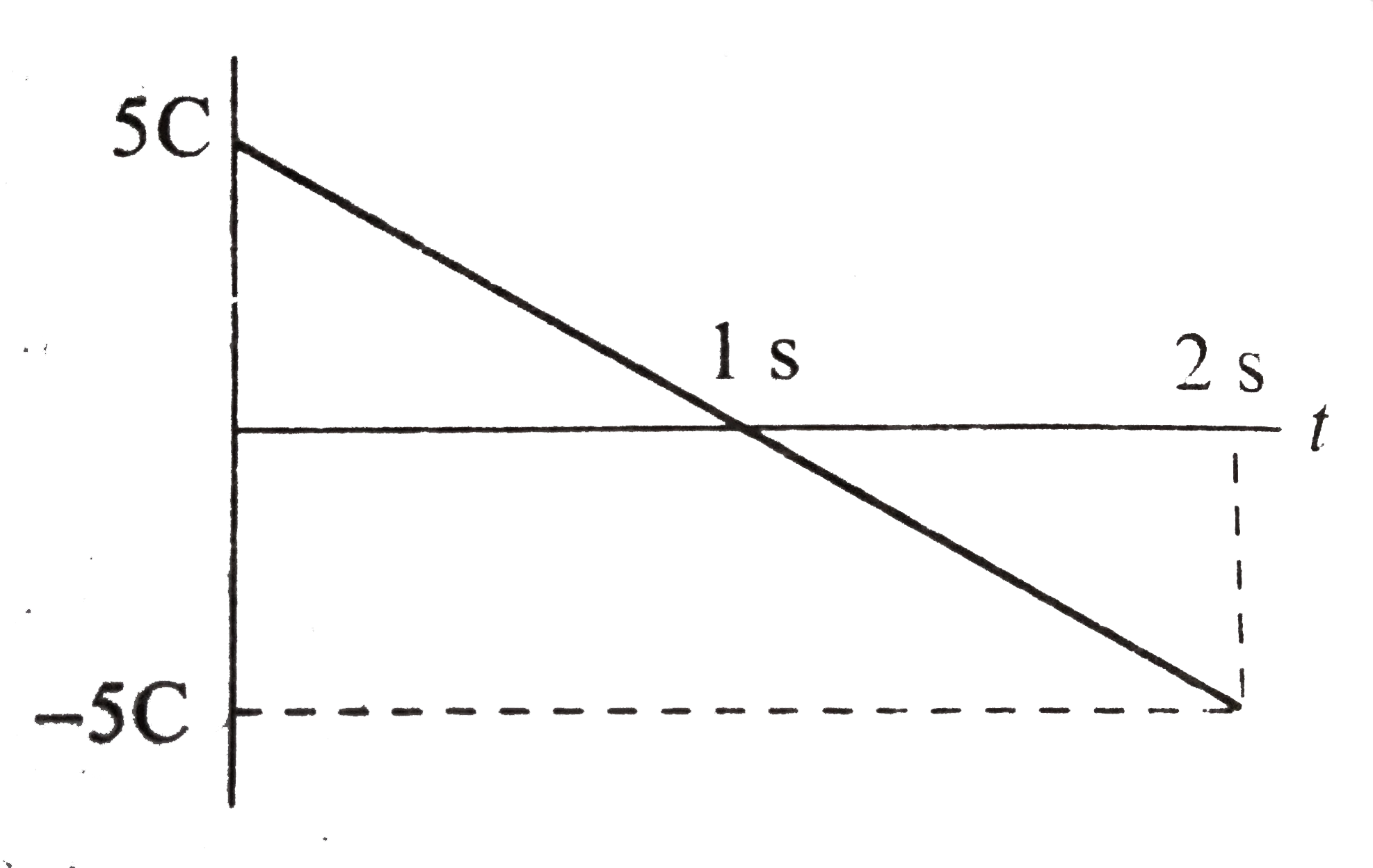The charge flowing through a resistance varies with time . The total heat produced in is
The correct Answer is:c
Given charge
Current
If the current exits the time then
Total head produced can be given by
Topper's Solved these Questions
- CURRENT ELECTRICITYBook:PRADEEPChapter:CURRENT ELECTRICITYExercise:Jee (main and advance)
Explore 4 Videos
- CURRENT ELECTRICITYBook:PRADEEPChapter:CURRENT ELECTRICITYExercise:Interger Type
Explore 2 Videos
- CURRENT ELECTRICITYBook:PRADEEPChapter:CURRENT ELECTRICITYExercise:Value based
Explore 2 Videos
- COMMUNICATION SYSTEMSBook:PRADEEPChapter:COMMUNICATION SYSTEMSExercise:MODEL TEST PAPER-2
Explore 9 Videos
- DUAL NATURE OF RADIATION AND MATTERBook:PRADEEPChapter:DUAL NATURE OF RADIATION AND MATTERExercise:Exercise
Explore 191 Videos
Similar Questions
The charge Q( in coulomb) flowing through a resistance R=10Ω varies with time t (in second) as Q=2t−t2 . The total heat produced in resistance R is
View SolutionThe charger Q(in coulomb) flowing through a resistance (R=10Ω) varies with time t(in second) as (Q= 2t-t2). The total heat produced in resistance R is
View Solution
Knowledge Check
The charge flowing through a resistance R varies with time as Q=2t−8t2 . The total heat produced in the resistance is (for 0≤t≤18)
AR6 joulesBR3 joulesCR2 joulesDR joulesThe charge flowing through a resistance R varies with time tasQ=at−bt2. The total heat produced in R is
Aa3R6bBa3R3bCa3R2bDa3RbThe charge flowing through a resistance R varies with time tasQ=at−bt2. The total heat produced in R is
Aa3R6bBa3R3bCa3R2bDa3Rb
In Fig. 6, l and m are two parallel tangents to a circle with centre O, touching the circle at A and B respectively. Another tangent at C intersects the line at D and in at E. Prove that ZDOE=90.
View SolutionThe charge flowing through a resistance R varies with time tasQ=at−bt2. The total heat produced in R is
View SolutionThe charge flowing through a resistance R varies with time tasQ=at−bt2. The total heat produced in R is
View SolutionThe charge flowing in a conductor varies with times as Q=at−bt2. Then, the current
View SolutionA charge passing through a resistor varies with time as shown in the figure. The amount of heat generated in time t is best represented (as a function of time ) by

View Solution